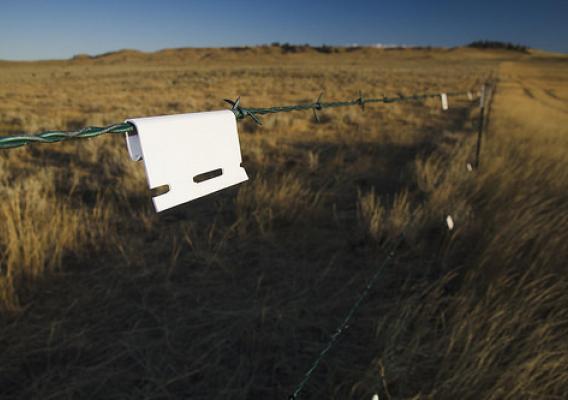To me, the phrase 'economic development' is more than a buzzword – and that was reinforced during an all-too-brief trip to western South Dakota. It's easy to get caught up in the policymaking and program implementation in Washington, D.C., and I find great value in getting to the field so I can see exactly how these programs are helping our local stakeholders and partners, small business lenders, and entrepreneurs make investments in the local economy.
I started out the day in Sturgis, where we met up with Legends Suspensions owner Jesse Jurrens. With the backing of two Business & Industry Guaranteed Loans, Jesse has shaped and changed the sport and lifestyle of motorcyclists globally. With his lean and efficient business model, he's become a global force in motorcycle suspensions. We also visited Landsport, another Sturgis-based business that specializes in manufacturing and marketing aluminum loading ramps, drop deck ramps, service ramps, and other custom applications. Landsport used a Business & Industry guaranteed loan to expand its production and work staff. After meeting with the staff at both facilities, I walked away knowing these operations have a long-term vision for success and growth. USDA and our lending partners helped give them the freedom to execute that vision.









